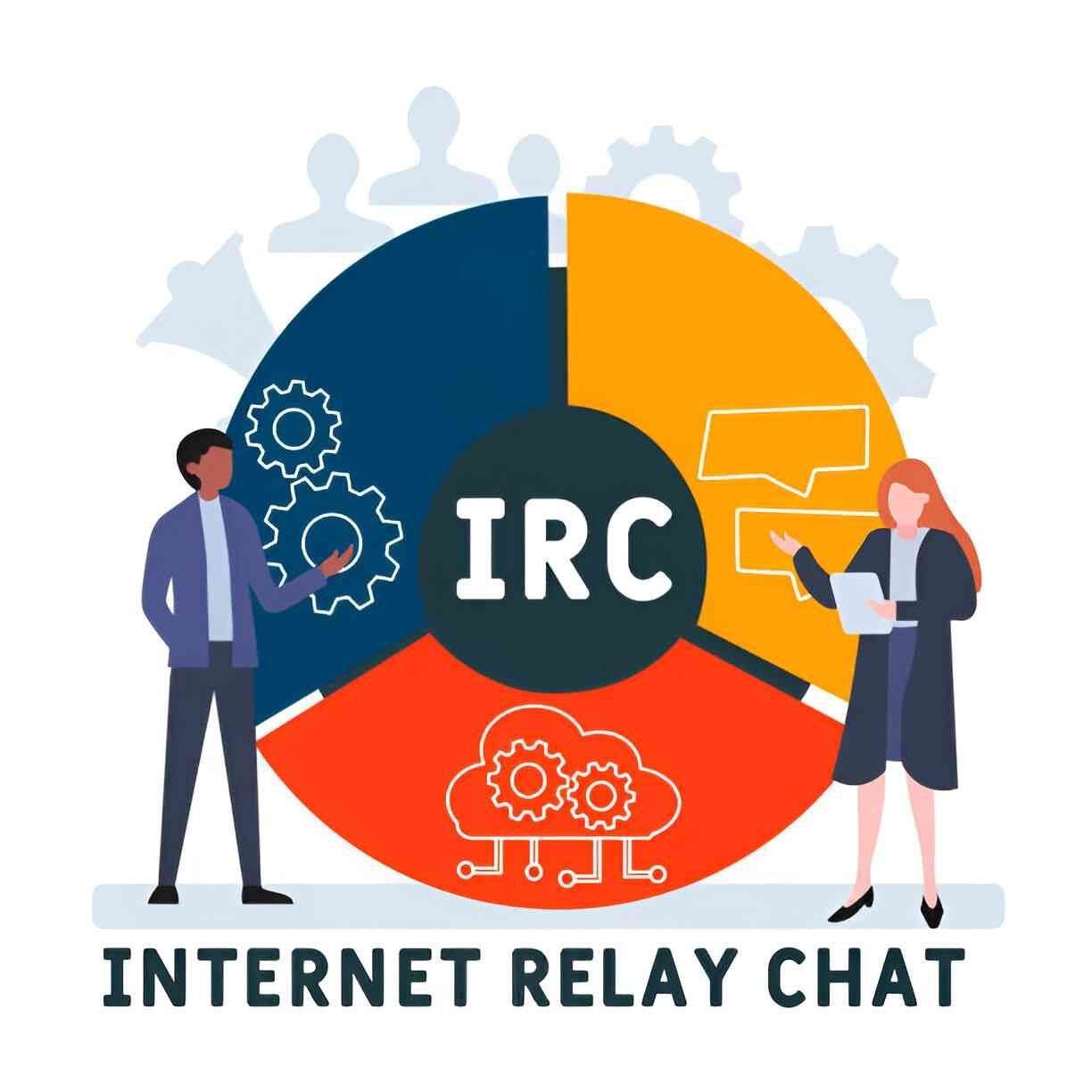Introduction
I remember the first time I stumbled upon Internet Relay Chat (IRC). It was the late 1990s, and the internet felt like an uncharted frontier. IRC was one of the earliest forms of real-time online communication, predating modern platforms like Slack and Discord. Even today, IRC remains relevant in niche communities, offering a raw, unfiltered way to connect. In this article, I will explore IRC’s history, mechanics, and cultural impact while comparing it to modern alternatives.
Table of Contents
The Origins of IRC
IRC was created in 1988 by Jarkko Oikarinen, a Finnish computer scientist. It was designed as a replacement for the talk program on UNIX systems, allowing multiple users to communicate in real-time. Unlike forums or email, IRC provided instant interaction, making it a precursor to today’s messaging apps.
How IRC Works
IRC operates on a client-server model. Users connect to an IRC server using a client (like HexChat or mIRC), join channels (chat rooms), and exchange messages. The protocol is text-based, relying on simple commands. For example:
join #channel– Joins a channel.msg nickname message– Sends a private message.quit– Disconnects from the server.
Behind the scenes, IRC uses a distributed network of servers. When I send a message, it travels from my client to the server, which then broadcasts it to other users in the same channel.
Mathematical Foundations of IRC
IRC’s efficiency lies in its simplicity. The protocol minimizes bandwidth by using plain-text messages. We can model message transmission latency (L) as:
L = \frac{D}{B} + PWhere:
- D = Data size (bytes)
- B = Bandwidth (bytes/sec)
- P = Processing delay (sec)
For example, if I send a 100-byte message over a 1 Mbps connection with a 0.1-second processing delay:
L = \frac{100}{125000} + 0.1 \approx 0.1008 \text{ seconds}This low latency made IRC ideal for real-time discussions.
IRC vs. Modern Messaging Platforms
| Feature | IRC | Slack/Discord |
|---|---|---|
| Protocol | Open, text-based | Proprietary, multimedia |
| Channels | Public, topic-based | Private, role-based |
| Persistence | Ephemeral (unless logged) | Archived by default |
| Customization | Scriptable with bots | API-driven integrations |
While Slack and Discord offer richer interfaces, IRC’s lightweight nature appeals to tech-savvy users who prefer control over their data.
The Cultural Impact of IRC
IRC was more than a chat system—it was a cultural phenomenon. In the 1990s, it became a hub for open-source developers, hackers, and early internet communities. The Linux kernel development, for instance, heavily relied on IRC channels like #linux for collaboration.
Case Study: IRC in Cybersecurity
Many cybersecurity professionals still use IRC for its anonymity and decentralization. Botnets, for example, often use IRC to send commands to infected machines. While this has negative implications, it also highlights IRC’s robustness.
The Decline and Persistence of IRC
With the rise of social media, IRC’s popularity waned. However, it never disappeared. Many open-source projects, like Ubuntu and Python, maintain official IRC channels. Why? Because IRC offers:
- No corporate ownership (unlike Slack/Microsoft Teams).
- Minimal resource usage (works on low-bandwidth connections).
- Strong community norms (self-moderated, no algorithms).
Running an IRC Server: A Technical Dive
If I wanted to set up my own IRC server, I’d need:
- A machine running Linux.
- An IRC daemon like InspIRCd or UnrealIRCd.
- Basic networking knowledge (port forwarding, firewall rules).
The server’s capacity (C) can be estimated as:
C = \frac{S \times U}{M}Where:
- S = Server memory (MB)
- U = Users
- M = Memory per user (MB)
For 100 users with 5 MB RAM each on a 1 GB server:
C = \frac{1000 \times 100}{5} = 20000 \text{ (theoretical max)}In practice, network constraints reduce this number.
Conclusion
IRC may seem outdated, but its influence persists. It shaped how we think about online communication—decentralized, fast, and community-driven. While modern platforms offer convenience, IRC remains a testament to the power of simplicity.





